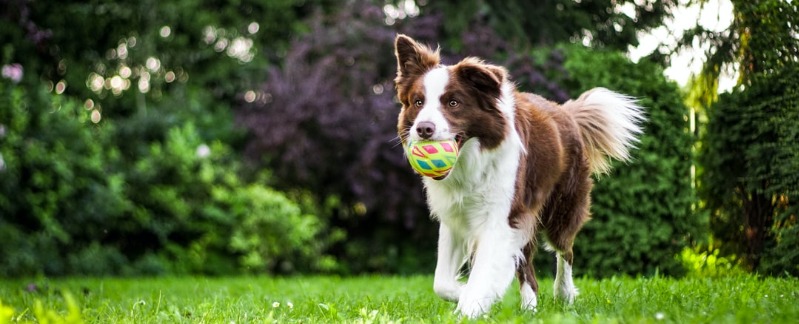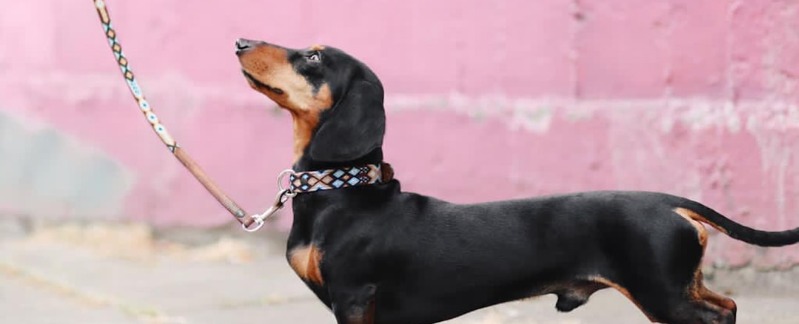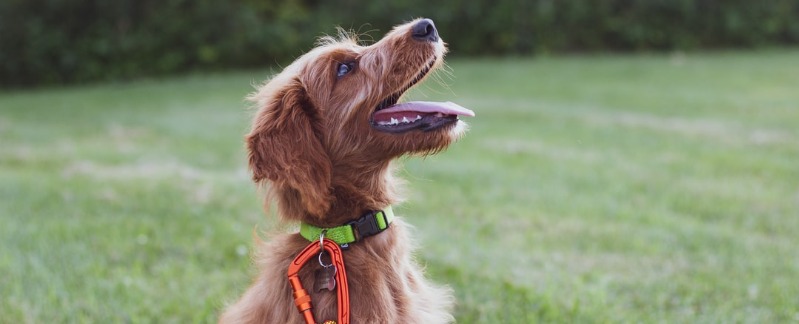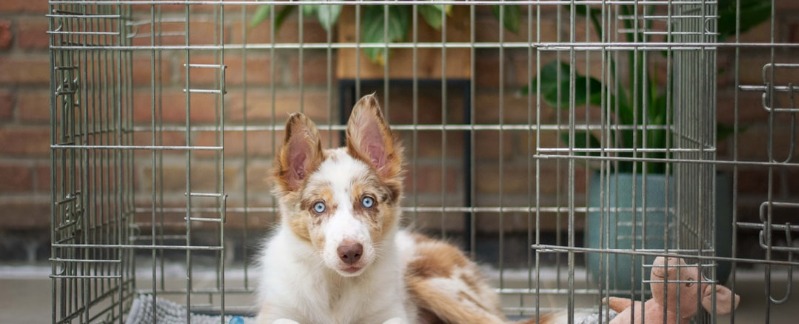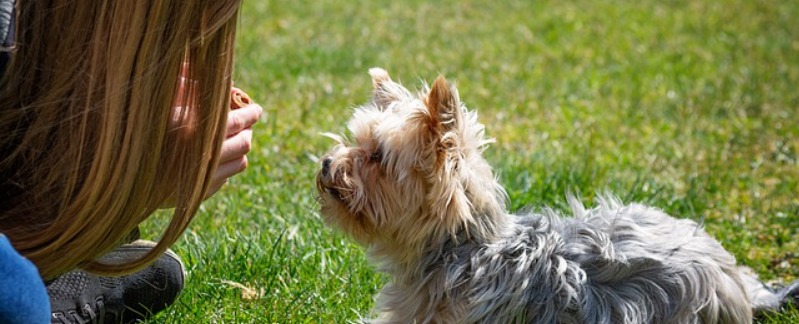It’s so easy to spoil a new dog. Let’s face it, an eight-week-old puppy can poop on your foot, and it’s almost cute. Not so with an eight-month-old! Not allowing the cuteness factor and feelings of guilt or pity to override common sense are two of the biggest obstacles you have to overcome to become an effective leader your dog can count on.
It’s time to decide what the rules of your dog’s life are going to be. Sure, you can let the dog decide, but chances are you won’t be very happy with the choices he makes.
Sticking to Your Rules
Contents
It’s up to you to make the rules. Whatever they are, you can be sure that if you don’t stick to them, your dog won’t either. Unfortunately, when it comes to well-behaved dogs, wishing doesn’t make it so, and no one has come up with any Lassie pills yet. Remember the beginning of this chapter, when you were visualizing your dog two years from now? So ask yourself:
- Is my dog allowed on the furniture? If so, which furniture? Whenever he wants, or only by invitation?
- Is he allowed to jump on people? Certain people or everybody?
- Where does he sleep?
- How does he behave when I’m eating?
- How does he behave when I have guests?
- What does he do when someone comes to the door? What if someone leaves a door open?
- What does he do when I call him? When I want to put his collar or leash on? If I need to take something away from him?
Visualize him again now. Do you have a different picture of him?
Getting the Dog You Deserve
There is a little joke among dog trainers — after two years, everybody gets the dog he deserves. It’s not entirely true, of course, because genetics and life can intervene with even the best-laid plans. But, for the most part, you are in control of whether your vision of your dog will become reality. Whatever the rules are going to be for him as an adult dog, those should be the rules now. Nothing could be more unfair than changing all the rules just when your dog thinks he has it all figured out.
Keys to a Great Dog
So you’re living with your dog at last. You already know that you’re training him all the time, but did you know that helping your dog become well behaved is really a four-pronged approach?
A Holistic Approach
In the next four chapters, you’ll learn how to build a healthy relationship of leadership positively. You’ll also find out how to manage both your dog and the environment to utilize his energy without damage or loss of your prized possessions. In addition you’ll discover simple ways to teach your dog to do practically anything. And finally, you’ll discover and how to socialize him to people, dogs, other animals, and new experiences safely.
Your Newest Best Friend
Relationship, management, training, and socialization are the four keys to your great dog. Together, they instill your dog with a desire to learn new things, and build a relationship of trust and teamwork. You owe it to yourself and your dog to spend some time understanding and appreciating him for who and what he is — your newest best friend.
Leaving the Past Behind
One of the great things about dogs is that they live in the moment. Good or bad, whatever background they come from, they are ready to leave it behind. Some of them may need a little help in overcoming learned fears or in changing bad habits, but they don’t lie around dwelling on anything that happened before. Whatever your dog’s past is, there is nothing that you can do to take it away or make up for it, so all you can do is move forward.
Let It Go
While letting go of the past is easy for dogs, it often isn’t so easy for people. Sometimes new owners focus on the dogs’ past, making excuses for the dog’s behavior and attributing every mistake to a history of abuse, real or imagined. They can actually keep the dog from progressing because they’re so wrapped up in coddling the “victim.” While coddling might make the caretaker feel better, it doesn’t help the dog at all.
Other people might be holding on to their own past, or memories of past dogs, and expect the new dog to behave in the same way as the previous dog did, especially if they are the same breed. Even worse is expecting the new dog to know the same rules and commands the other dog knew.

